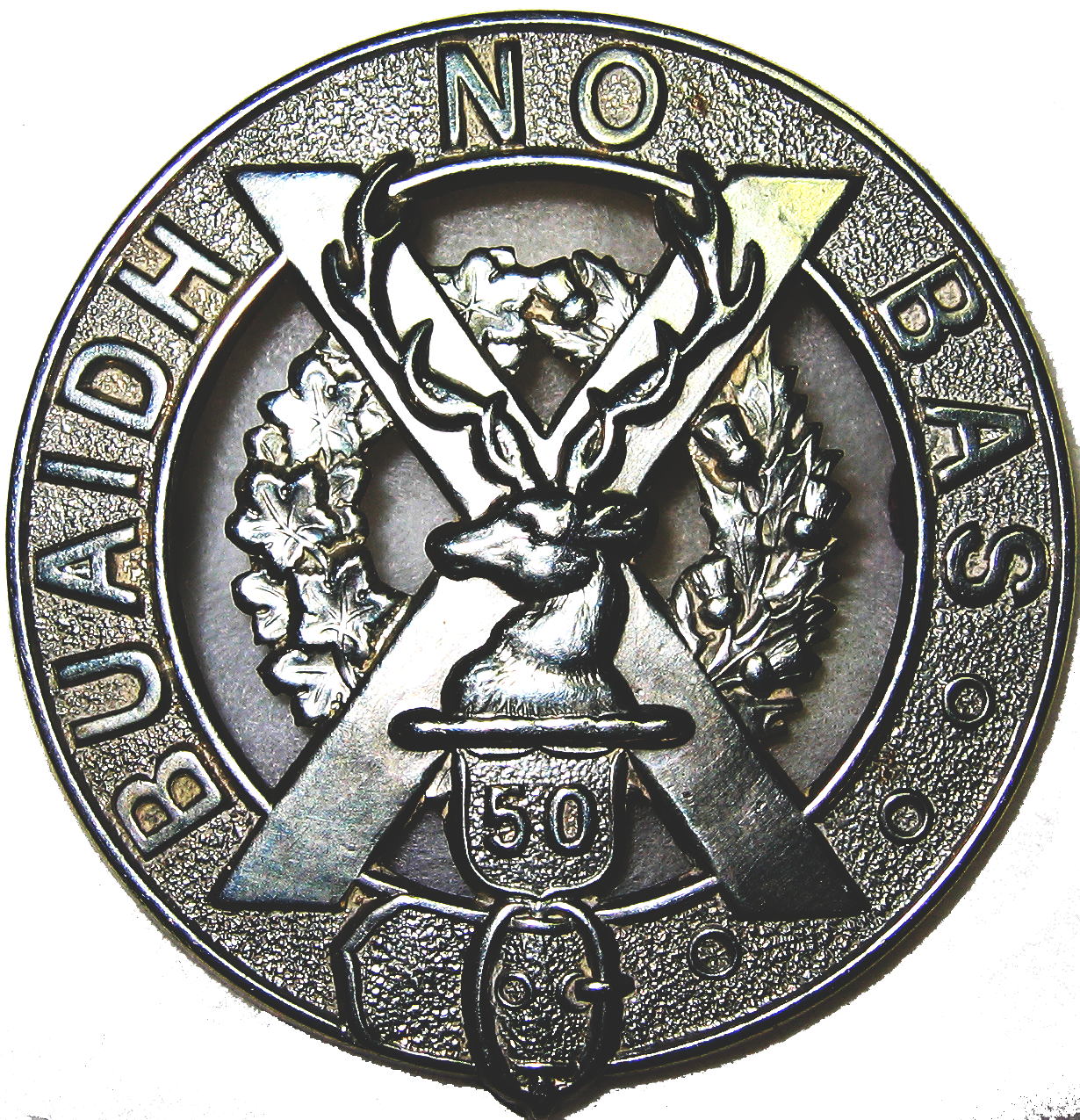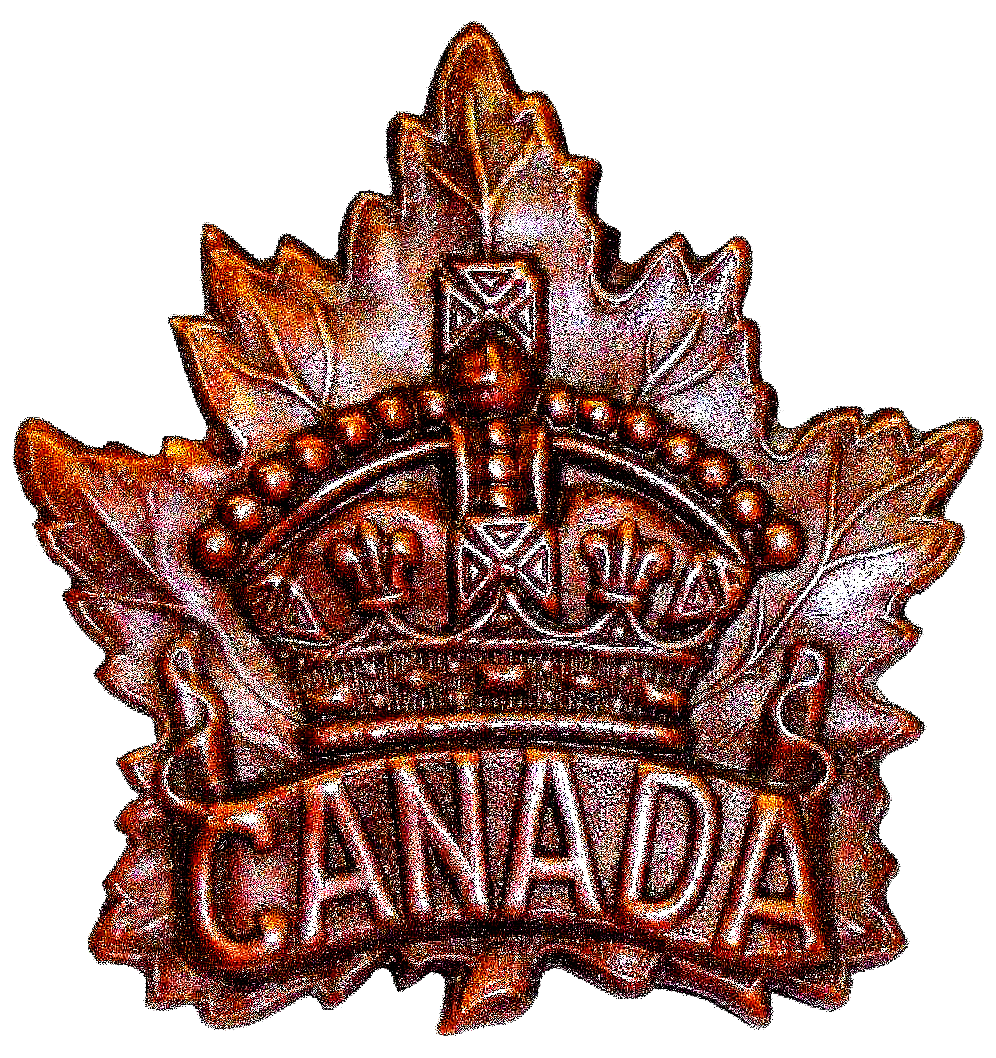 |
 OPCMHVisitor No.: |
HISTORY OF WORK POINT BARRACKSby Jack BatesPART 1 — 1842 to 18861842The Colonist Victoria's Advantages He explored Sooke Harbor, Pedder Bay, the roadstead of Metchosin, and the port of Esquimalt, but none of the places impressed him so favourably as Camosack, which eventually became Victoria. In his description of the place, written the day on which he disembarked, he says: “As a harbour, it is equally safe and accessible, and abundance of timber grows on it for home consumption and exportation.” He alluded to the Gorge as being a good spot to place a mill, to be driven by water power. His main reasons for choosing the location were, however, the abundance of pasture land, the security of the harbour, and the abundance of timber. Some of his lieutenants objected to Victoria on the grounds that it was no position of defence or refuge for shipping. They preferred Esquimalt but Sir James overruled their arguments. After making a thorough investigation he returned to Fort Vancouver for material and men to build the fort. He left for the island on March 1, 1842 and proceeded by way of Cowlitz River and arrived at Fort Nisqualy on Puget Sound on March 4. He embarked on the steamer Beaver on March 10 which he boarded a few miles south of Port Townsend. On the following day, he ran the vessel into Captain Vancouver’s port of New Dungeness, where he purchased a quantity of fish from the Clallum Indians to last his party until arrival on Vancouver Island. He thence proceeded to Camosun, anchoring off Shoal Point at 4 o’clock in the afternoon. He landed on March 14, and the following entry in his book dated March 15, 1842, tells of the problems he had to face. Cont……… |
